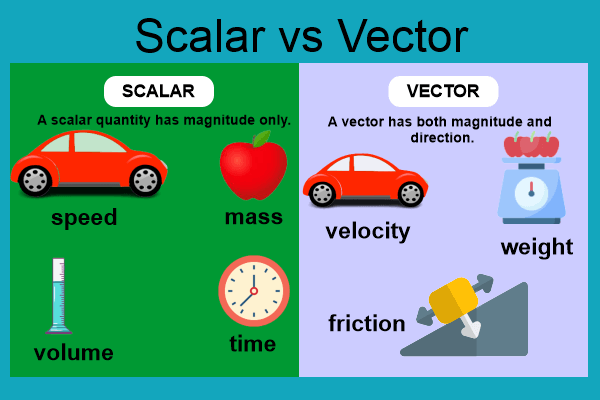
The length of the sides of a square also has a quantity, or magnitude, from which we can find even more quantities. For example, the square shown below has a side length of 3 centimeters. Scalar quantity is defined as when a physical quantity has some magnitude but no direction. Physical quantities are properties of objects that can be quantified or anything that can be given a magnitude or a value. The next day, she went back to the village and showed the proof of the false weight he made yesterday. So, he came to know that it was 16 packets of sugar and apologised for not repeating the mischief again.

Quantity surveyor CV examples
Directly underneath your profile, add more impact by creating a bullet point list of your core skills. Hard skills – Read through the job description and find what specific hard skills and software knowledge the employer is seeking. Although it gives a comprehensive overview of the candidate’s industry skills and experience, the organised structure means it’s not overwhelming or difficult to read. Before you get writing, have a good look over this example of a good quantity surveyor CV. The process by which the living organisms use their food to get energy is called respiration. If you don’t know the exact quantity, you can use words like ‘some’, ‘a few’, and ‘a lot’.
- It is a mathematical term that is used in concepts such as vectors and geometry to give them an amount of quantity.
- There are many different ways to talk about quantity.
- We can express comparisons between quantities by saying that one is greater than, less than, or equal to another.
- The result was a profit of four sugar packets for the shop owner.
More Construction management CV examples
The units are derived using various combinations of fundamental units called derived units, for example, newton, pascal, meter/second, etc. The physical quantities can not be defined on their own and can be broken down into base quantities. The derived physical quantities are expressed in terms of the fundamental quantities. A few examples of derived quantities are Force, velocity, pressure, volume, density, etc. Establishing quantitative structure and relationships between different quantities is the cornerstone of modern science, especially but not restricted to physical sciences.
Denoting Quantities
The physical quantities that are independent of other physical quantities are called Fundamental quantities. These are also known as base quantities and are used to express other quantities. Fundamental units are meter, kilogram, second, ampere, times interest earned tie ratio formula calculator candela, mole and kelvin. The physical quantities can not be defined independently and can be broken down into base quantities called derived quantities. Examples of derived quantities are force, pressure, acceleration, volume etc.
3 centimeters is a quantity in itself, but we can also find the area of the square to be 9 cm2, which is another quantity. These two quantities cannot be compared as the units are different. Also, we cannot compare two quantities having different units. Quantity describes an amount or a number of something. It is the measurement of something by saying how much of it there is.
Since physical quantities can be minute or even extremely large thus, units play an important role while writing the expression of the given measurement. Although various systems of units have been developed over the years, to avoid any confusion, the international system of units or SI system was developed. In the absence of such an internationally accepted system, it was tough for scientists to compare the physical quantities and share their findings across boundaries. For example, the length of a room can be expressed in terms of meters, kilometres, centimetres, feet, etc. These units are related to each other and can be converted into each other; without such well-defined units, it would have been difficult to express such a quantity.
Much, many, more and most describe (in ascending order) increase; much is used only with uncountable nouns, many only with plural countable nouns, and more and most with both. The simplest way to talk about quantity is to use numbers. There are many different ways to talk about quantity.
Of these, limited plurality is number, limited length is a line, breadth a surface, depth a solid. Vector quantities are quantities with both magnitude and direction. B. Three times the quantity of x plus two minus twice the quantity of x. One important point to be remembered is that we cannot compare quantities that have different dimensions. For example, a square of side length of 2 inches will have an area of 4 inch2.
Quantity is a tool used in mathematics for problem-solving, developing mathematical models, and making predictions about the relationships between various quantities. A quantity refers to a measurable characteristic of an item or set of items. We can express comparisons between quantities by saying that one is greater than, less than, or equal to another. Every branch of mathematics and science relies on the idea of quantity. Some of these include the measure of an angle, such as an acute angle that measures 36°.
